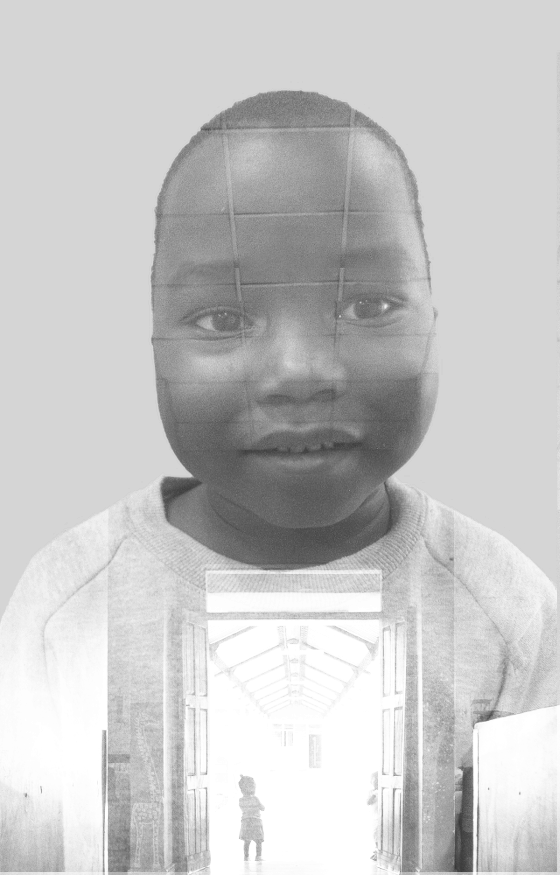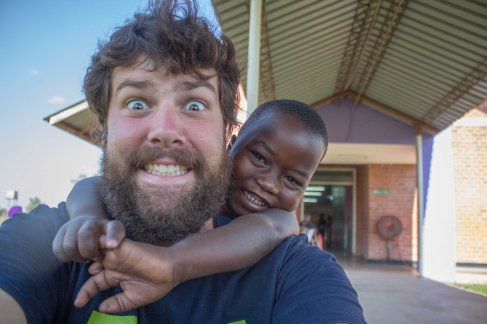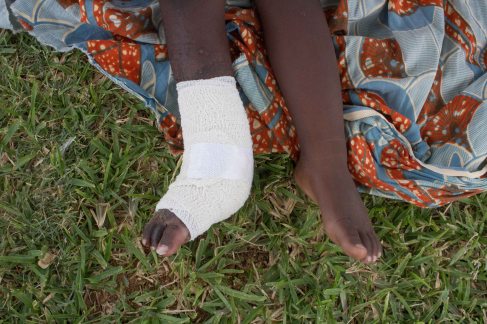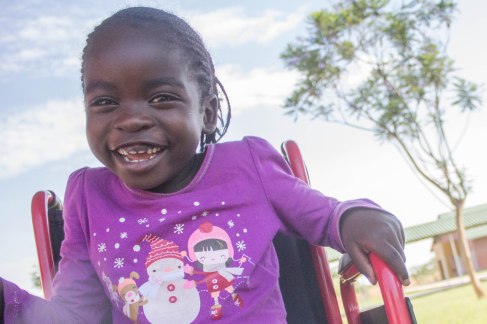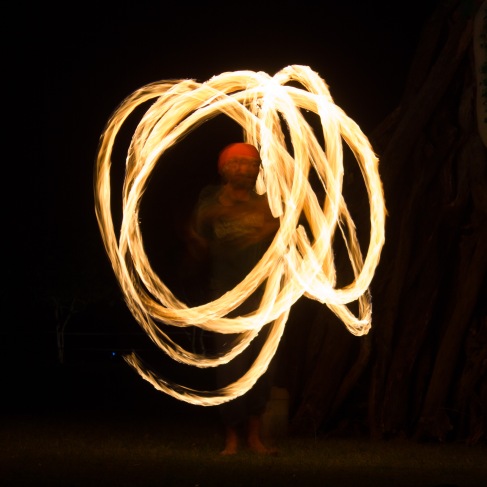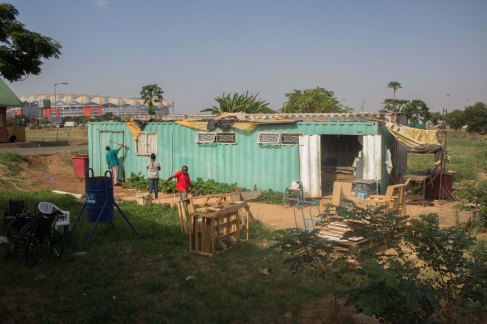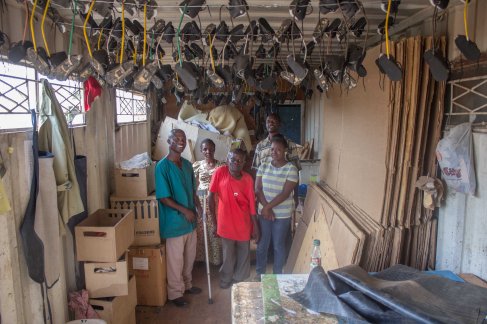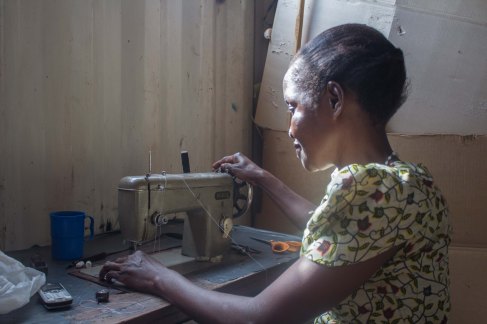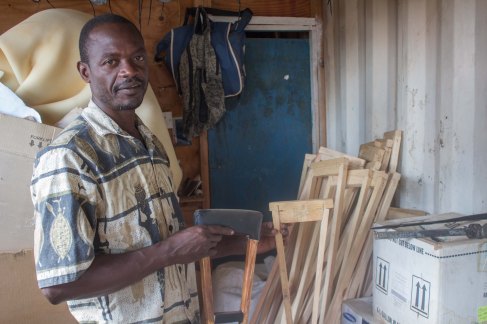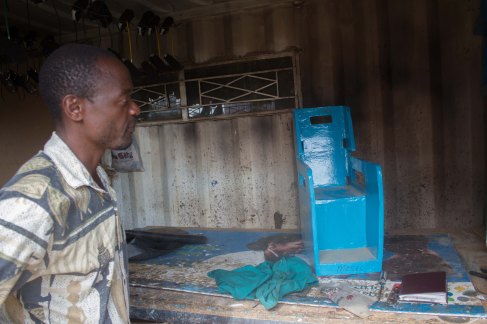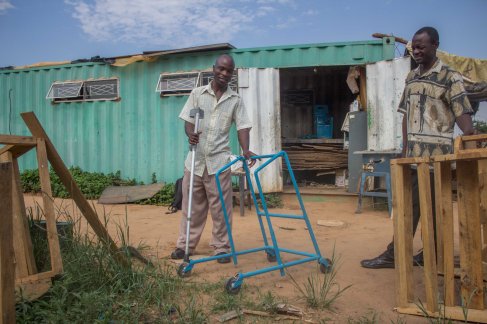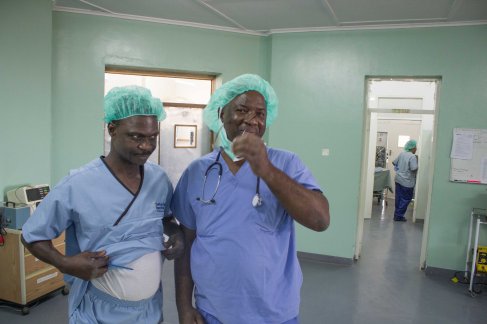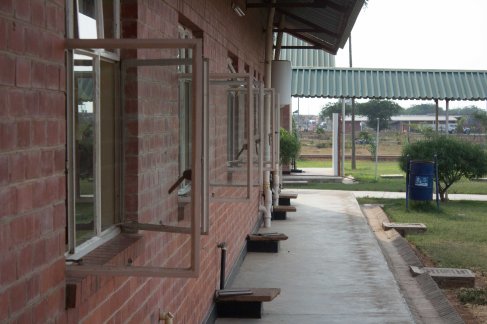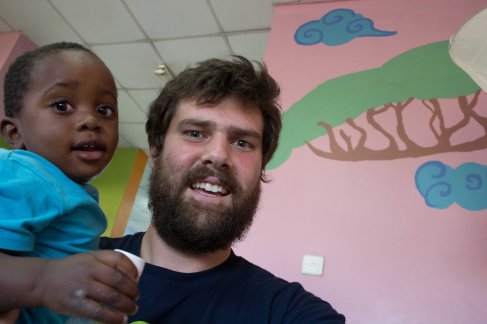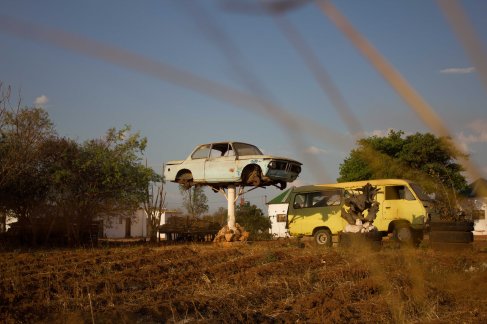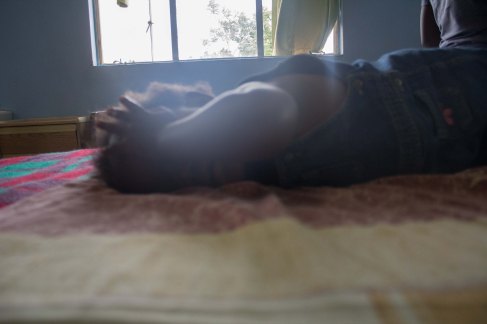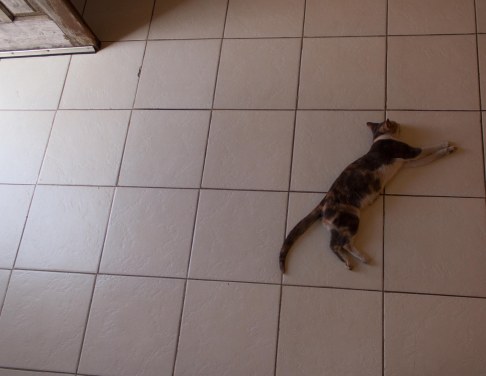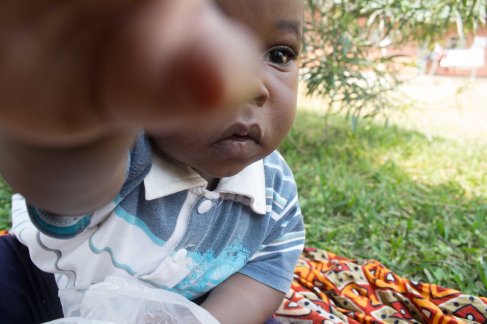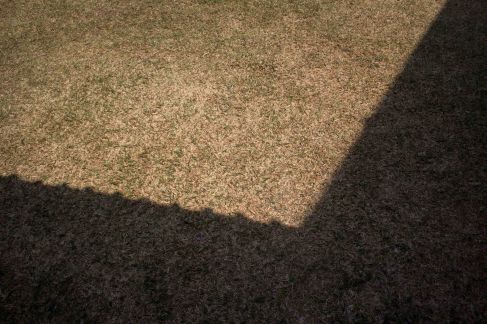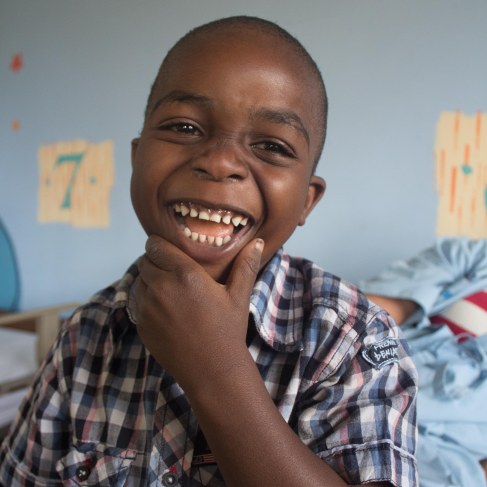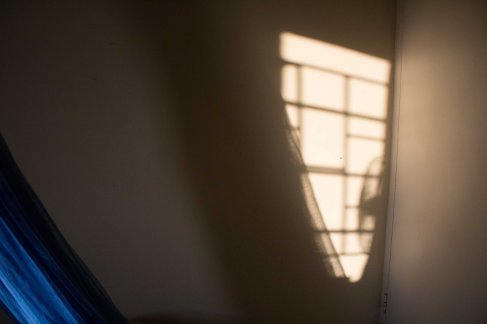Today was a little slower on the photo side of things, but I did manage to get some sweet video although you’ll have to wait to see those.
Tag: children
Do not ask your children
to strive for extraordinary lives.
Such striving may seem admirable,
but it is the way of foolishness.
Help them instead to find the wonder
and the marvel of an ordinary life.
Show them the joy of tasting
tomatoes, apples and pears.
Show them how to cry
when pets and people die.
Show them the infinite pleasure
in the touch of a hand.
And make the ordinary come alive for them.
The extraordinary will take care of itself.
– William Martin
I was thinking through how little I know about these children when I take their initial profile picture here at CURE Zambia. For the most part, I don’t know their hopes, fears, dreams, and aspirations. I don’t know what they’ve been through or all that much about their life. There is a lot you can gather from a first impression, but there is so much more that you cannot. Dwelling on this eventually led me to playing with the photography technique of double exposures as an attempt to illustrate these feelings.
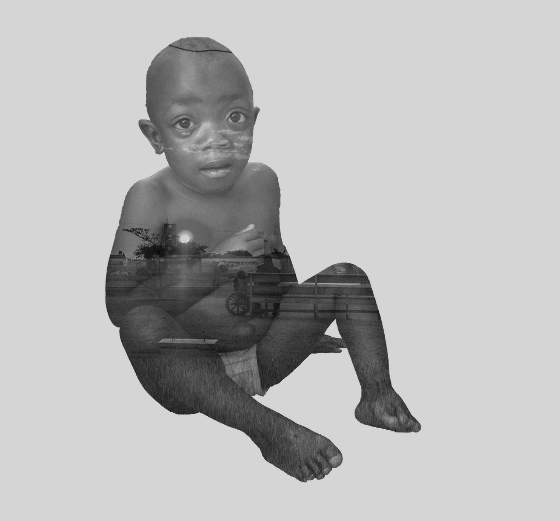

But this is my job, to get to know these children. To sit down and ask them what their dreams are, sometimes for the first time in their life. What do they hope for? What are they afraid of? What makes them happy? What makes them sad? And it is through getting to know these children that I have seen Christ.
I have much to learn from these little ones.
This video has made the social media rounds over the past few weeks so there is a good chance you may have already seen it. If you haven’t, it is well worth the watch. Physical injuries and death are not the only consequences of war.
ENT Outreach
Since 2010 CURE Zambia has been in the possession of a mobile ENT (Ear, Nose, and Throat) clinic truck, gifted to us by Gorta and Irish Aid, and has conducted screenings all around Zambia. Minor procedures and extractions can be done on site, while more serious issues are referred to our permanent hospital in Lusaka. For all the children, the visit is an event and for the ones with hearing issues, it is life changing!
Children arrive in droves after being bussed in from many of the surrounding schools.
Alfred Mwamba, CURE Zambia’s Audiologist and the only Audiologist in Zambia, attempts to organise the children in lines by school year.
Excilda (top) and Gabriel (bottom), CURE employees, conduct preliminary screenings on the children to determine what their complaint is before they see the medical staff.
Children wait outside the temporary ENT clinic.
In this case, a small library was used as the base to see children.
Evelyn sets up equipment before the children arrive.
Charity peers into an ear for any signs of foreign objects. The majority of perpetrators are sticks and stones that were used in an attempt to itch and clean the inner ear. It is also not uncommon to find a cockroach that has crawled in during the night
A child undergoes a hearing test to find out her range of hearing.
Alfred fills a teenager’s ear with earmold impression material in order to cast a hearing aid mold.
A teenager with his freshly casted molds.
Secondary school students wait outside the mobile clinic to see CURE’s ENT surgeon, Dr. Ute Froeschl.
Patson attempts to fix the mobile clinic generator as students wait to be seen.
Dr. Ute removes foreign objects from children’s ears and impresses on them the importance of not cleaning their ears with sticks and stones.
On this outreach, roughly 400 students were seen.
Snaps from Zambia XI
The ZACD
The Zambian Association for Children with Disabilities (ZACD) is a non-profit partner of us here at CURE Zambia. They exist to build and supply affordable mobility aids to kids with disabilities while also employing adults with disabilities. In a culture where disabilities often lead adults to a life of begging and poverty, ZACD and CURE Zambia are working to enable those with disabilities and, together, dream of a brighter future.
The ZACD operate both their business and workshops out of a simple shipping container on the grounds of CURE Zambia.
They employ a small staff with expertise ranging over business fields and the various forms of construction they use.
A seamstress busy sewing what will eventually be a clubfoot shoe to help a young child keep their clubfoot correction.
Finished clubfoot shoes hang from wires across the ceiling. In such a small workplace, space is a very valuable commodity.
An employee shows off both an in-progress (right) and finished (left) crutch. These crutches are both durable and cheap allowing independent mobility to be a reality for thousands of children all over Zambia.
This special chair helps babies with hydrocephalus and cerebral palsy (among other conditions) sit and balance, while giving the mothers a rest from constantly carrying and supporting their child. These chairs are 100% made from waste paper products (pictured below).
With the rainy season approaching, the recent large delivery of waste cardboard had to be stored in the container, temporarily displacing the office space that is used to record and coordinate sales.
An employee shows off a walking aid he recently made. Each aid is completely functional, but unique depending on the materials available when it was designed.
Overall, the employees of ZACD are glad to be employed and in a field where they are working for the betterment of both children and adults with disabilities all over Zambia.


